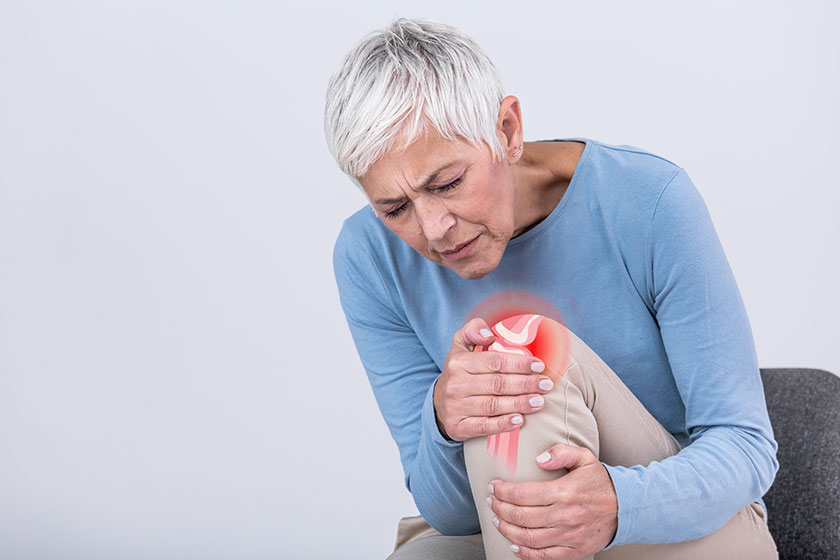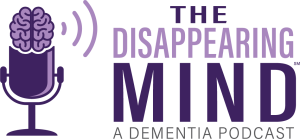Osteoarthritis, abbreviated as OA, is the most common type of arthritis older adults are diagnosed with, making it one of the leading causes of disability among this demographic. While there are more than a hundred different forms of arthritis out there, osteoarthritis affects approximately 32.5 million adults, and that’s only in the United States. By detecting and addressing the early signs of osteoarthritis in your loved ones, you can enable them to enjoy a more effective and active lifestyle.
What Is Osteoarthritis?
Osteoarthritis (OA) is a form of arthritis, which is a disease associated with the inflammation of one’s joints. Specifically, osteoarthritis occurs when the cartilage that helps to protect and cushion the ends of one’s bones wears down over time. Hence, its also known as degenerative arthritis, degenerative joint disease, as well as “wear and tear” arthritis. It can affect any joint in the body, but usually affects the joints that bear most of our weight, because those joints are where the body experiences the most pressure and thus, experience more wear over time. Osteoarthritis commonly occurs in vulnerable joints like the knees, hips, and spine. However, it can also occur in spots such as the fingers, neck, and others.
Changes in Hands
One telltale sign of arthritis in the hands is if small, bony knobs start to appear on the end or middle joints of your loved one’s fingers. These small, bony growths are a sign of inflammation around a joint, which can cause pain and limit movement. Your loved one with osteoarthritis may experience enlarged and gnarled fingers, as well as aching and stiffness.
Changes in Knees
Knee osteoarthritis can lead to disability in your loved one because when it reaches the later stages, it can make them unable to walk due to the consistent, excruciating pain in their knees. If your loved one experiences difficulties when walking, climbing stairs, and getting in and out of chairs or bathtubs, these are signs of knee pain and stiffness from osteoarthritis.
Changes in Hips
Similarly to knee arthritis, hip osteoarthritis usually involves pain and stiffness in the joint itself. However, aside from that, hip osteoarthritis can also lead to pain and limited movement in other areas of the body such as the inner thighs, buttocks, groin, and in some severe cases, even the knees. If your loved one has trouble with moving and bending, which leads to them being unable to accomplish tasks such as putting on shoes, hip osteoarthritis might be the cause.
Changes in Spine
Osteoarthritis in the spine usually occurs with pain and stiffness in the neck or lower back. In some severe cases, arthritis-associated changes in a patient’s spine can lead to increased pressure on the nerves exiting the spinal column. This pressure can lead to weakness, tingling, and numbness in the patient’s limbs, which is why spine osteoarthritis can potentially affect the entire body.
If you’re looking out for your loved one’s health, your best bet is to have them enter a senior living community, where they can enjoy various health programs and health-related assistance. To learn more, read up on our Assisted Living program!








